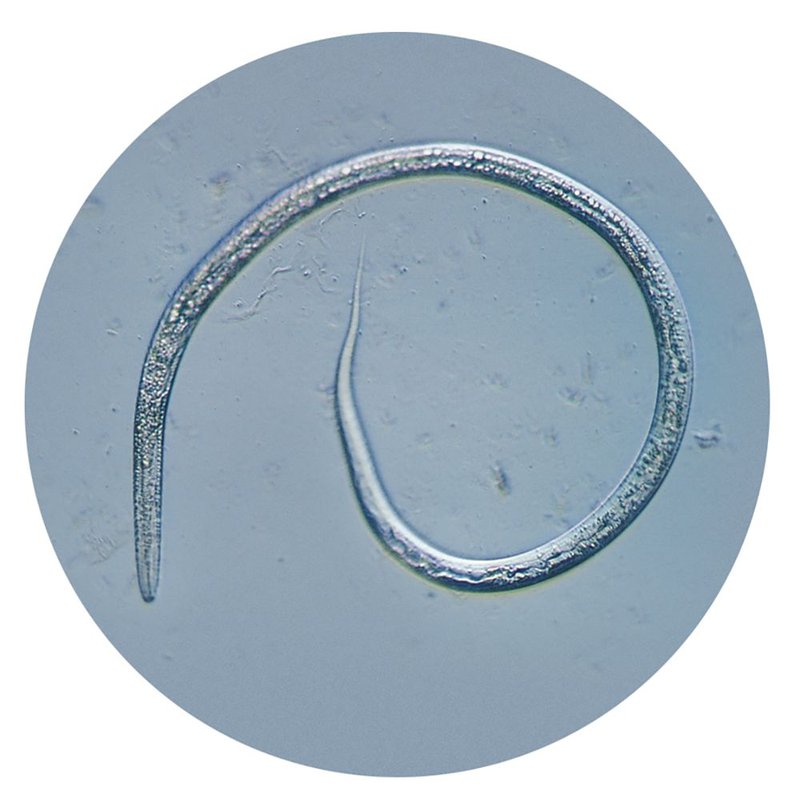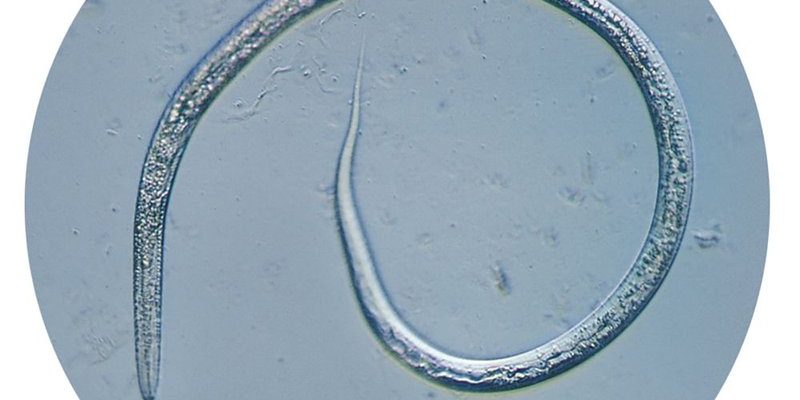
Studying these patterns in field studies reveals fascinating insights into their life cycle and environmental interactions. You might be wondering why anyone would care about such small organisms, but the truth is, understanding vinegar eels can help us appreciate the larger ecosystems they thrive in. So, let’s dive into the seasonal dance of vinegar eels and discover what makes them tick.
What Are Vinegar Eels?
Before we get into their seasonal behavior, let’s clarify what vinegar eels really are. Scientifically known as *Turbatrix aceti*, these little guys are nematodes that typically grow to about 1 to 2 millimeters long. They’re often found swimming in vinegar, hence the name, but that’s not all—these eels can also live in other organic materials.
Vinegar eels thrive in environments rich in decaying material, like fruit scraps and other organic waste. These environments are perfect breeding grounds. When you think about it, it’s a bit like throwing a party in a compost heap—lots of food and a bubbly atmosphere. The eels feast on microorganisms that break down the organic matter, which means they’re not just surviving—they’re playing an essential role in nutrient cycling.
Seasonal Behavior Patterns: What We Observed
Field studies have shown that vinegar eels exhibit noticeable behavioral changes throughout the seasons. As temperatures fluctuate and day lengths change, their activity levels rise and fall. For instance, during warmer months, these eels become more active, swimming vigorously in search of food. In contrast, when temperatures drop, they slow down and become less visible. It’s much like how we feel more energetic in the summer and prefer to hibernate a bit in winter.
Researchers often track these changes to better understand how vinegar eels adapt to their environment. You might be surprised to learn that their behaviors can reflect broader environmental conditions, including pH levels and food availability. In warmer months, when degradation processes are at their peak, the eels are busy and thriving, while in winter, they may enter a sort of dormancy.
The Role of Temperature
Temperature plays a huge part in the life of vinegar eels. Typically, these nematodes prefer warmer waters, but what exactly happens when temperatures change? As it turns out, warmer temperatures result in higher metabolism rates. This means that the vinegar eels are not just moving more; they’re also reproducing faster. Just think about it: if you had more energy, wouldn’t you be more productive too?
Research indicates that during peak summer months, vinegar eels can reproduce at rates up to four times higher than in the colder months. This rapid population growth is crucial as it ensures the survival of the species. However, when the temperature dips, their internal processes slow down, making them less active. It’s fascinating to see how temperature serves as a regulator of their life cycle.
Food Availability and Its Impact
Another key factor influencing vinegar eel behavior is food availability. As they flourish in environments rich in organic matter, the ebb and flow of food sources deeply affects their population dynamics. When the weather warms up, more fruits and vegetables are composted, leading to an explosion of growth in bacteria. These bacteria serve as the primary food source for vinegar eels, allowing them to thrive.
Conversely, in colder months, food becomes scarcer. Fewer organic materials decay, leading to a decline in bacterial populations. As a result, vinegar eels become less active and slow their reproduction rates. This seasonal food cycle can be visualized much like a buffet that gets bigger or smaller based on the time of year. When the buffet is full, the eels feast; when it’s empty, they take a break.
Understanding Their Habitats
Vinegar eels are also heavily influenced by their habitats. They can be found in various locations, but popular spots include cider and wine vats, where conditions are just right for their survival. Seasonal changes in these habitats can create different microenvironments.
For example, in the summer, humidity levels can rise, which enhances the overall decomposition process and boosts the food supply. In contrast, winter often leads to drier conditions, which can create a less hospitable environment. So, the habitat influences not just where vinegar eels live but also how active and successful they are throughout the seasons.
Inter-species Interactions
Vinegar eels are not alone in their world; they share their habitats with other organisms. These interactions can influence their behavior too. For example, during warmer months, increased activity from other organisms can affect how vinegar eels behave. More competition, like other nematodes or microorganisms, can lead to a temporary change in how they feed or a shift in their swimming patterns.
Moreover, predation also plays a role. In the spring and summer, as more predators become active, vinegar eels may become more cautious, changing how they move or feed. It’s interesting to note how inter-species competition and predation influence their behavior patterns. It’s like a game of hide-and-seek—constantly adapting to their surroundings.
The seasonal behavior patterns of vinegar eels tell us a lot about ecological dynamics. Their life cycles and interactions with the environment reveal how even the smallest creatures play vital roles in larger ecosystems. As we uncover more about these tiny nematodes, we gain insights into environmental health, food chains, and nutrient cycling.
Understanding these seasonal rhythms is essential for anyone interested in ecology, whether you’re a student, researcher, or just a curious nature lover. So, the next time you see vinegar or hear about composting, remember the little vinegar eels. These tiny organisms may be small, but they’re mighty in their role!

